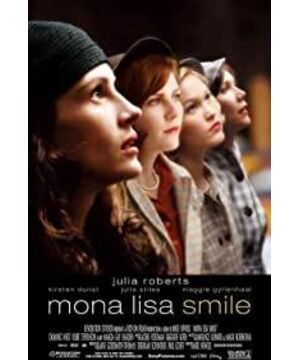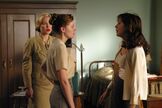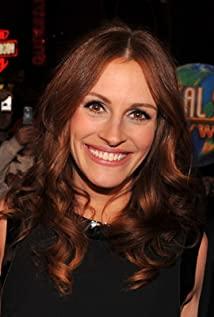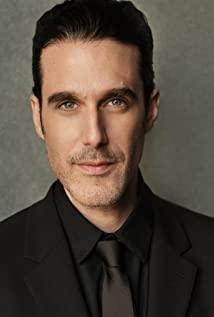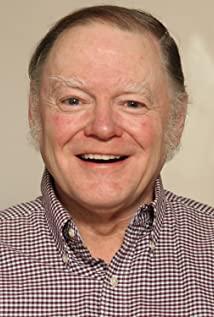I watched it for the first time when I was a freshman. The movie was released in 2003, and our English listening teacher always encouraged the students to recommend good movies to play in class. As a result, surprisingly, several boys in the class strongly recommended this movie (?! ). However, they walked a little too fast. This is a literary film, filled with a lot of dialogue, including many proper terms in art, philosophy, history, and society. When we watched this film for the first time, we didn’t use subtitles, which directly led to few students in the class. Personally understand (except for the few boys who have seen it), the good intentions of the recommender are ruthlessly ignored by the girls.
One day, five years later, I suddenly remembered bits and pieces from this movie—about how that radically beautiful female teacher made America's brightest and smartest women realize that there is more to it than being a man's wife and serving him. In addition to having children and running the house, they can also have more choices and a broader life.
In America in the 1950s, women could study, graduate, and work. Yet at Wesley's Girls' School, the country's best school, the conservative atmosphere remains stubborn—students receive a variety of etiquette and marriage training, in addition to professional knowledge courses, and how to help husbands with family and careers. In a senior year class, half of the students are married, and the remaining half are engaged or looking for someone to get engaged. When they graduate, life awaits them to return home and become proud housewives. Their proud academic qualifications, excellent transcripts, and outstanding records of social activities will all become the judging weights of outstanding wives in people's minds. Of course, the most important weight is how they serve their husbands wholeheartedly and be an excellent wife. housewife and mother.
Insert a sentence - the United States in the 1950s was affected by the trend of returning to the family, but the feminist movement in the 1960s and the sexual liberation trend in the 1970s may be in response to the principle that extremes must meet. ?
Returning to the original topic, it is in such an environment that an art history teacher with only one year of teaching experience hopes to spread free ideas and encourage students to choose other ways of life. Think about it and know what kind of resistance and encounters there will be, so I won’t go into details here.
I'm not going to talk about feminism or anything like that because of this movie, it's just something that comes to mind from the movie, and then I'm confused. I would be very grateful if this led to some level of discussion and a collection of ideas.
Exactly what kind of life women should choose has been changing over time. The description of male requirements has remained unchanged for almost thousands of years - career, appearance, breadwinner, invention, social leadership, family support... However, for women, there has never been a way to unify. In the age of conservatism, there will be people who advocate for the femininity, as shown in the film. In the era of liberalism, there will also be people who advocate women's self-esteem and self-love, returning to the family, just like now. After experiencing the United States in the 1970s, it began to return to the conservative in the 1990s, advocating girls to go home and oppose premarital sex, but because the American girls were not so obedient at that time, it was not a climate. . However, the question still remains - what kind of lifestyle should women develop. Men don't have to worry, but women are always faced with the contradiction of how to balance career and family, and it still exists today.
Today's society seems to be more enlightened and respect people's independent choices. So some people choose housewives, some people choose to be strong women, some people choose a DINK family, some people choose not to marry, and of course some people choose to be a mistress for a lifetime. However, in either case, there are voices of accusation. Maybe they are all smiling, but what kind of mood is hidden behind Mona Lisa's smile?
View more about Mona Lisa Smile reviews


